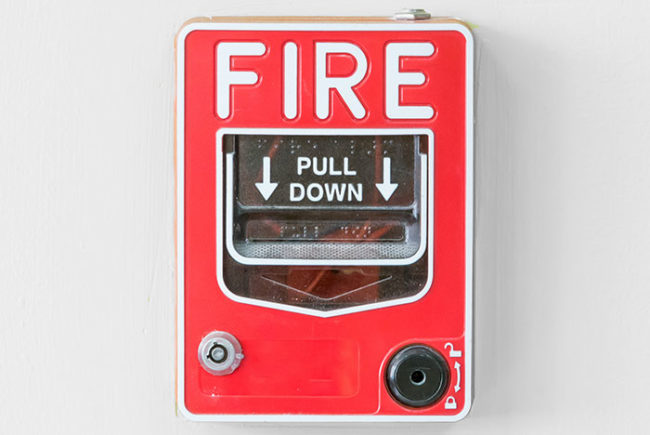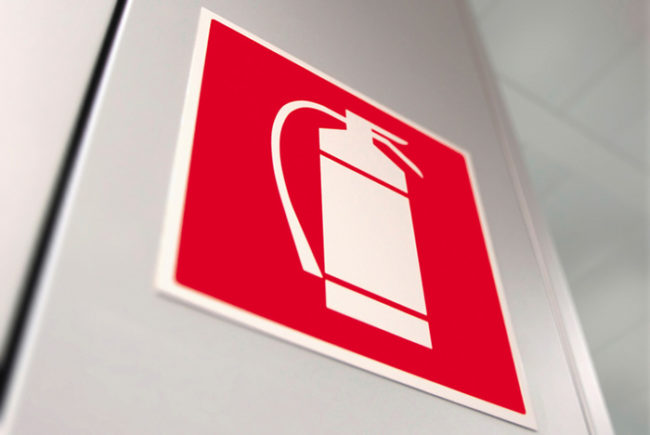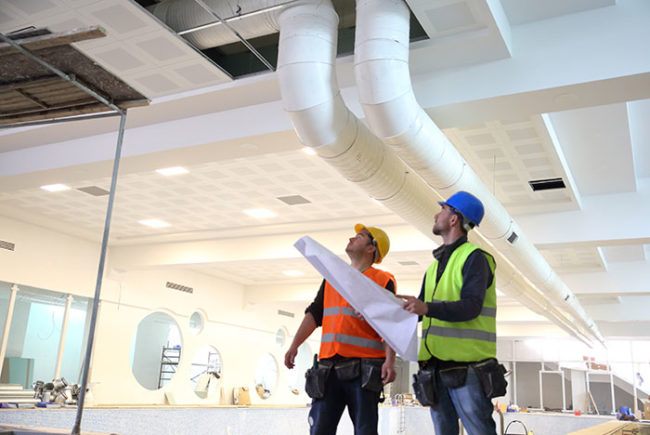ASHE voices opinion on several proposed NFPA code changes
The American Society for Healthcare Engineering (ASHE) is weighing in on important fire-safety code proposals being voted on next month at the National Fire Protection Association (NFPA) Conference and Technical Meeting.
ASHE says two very important codes affecting health care — NFPA 101 and NFPA 99 — will be debated and the group has voiced its opinion in support of or opposed to several matters.
One of the changes ASHE is supporting is increasing smoke compartment size to a maximum of 40,000 square feet. Currently, hospital smoke compartments are restricted to 22,500 square feet. The group says increasing smoke compartments will allow for greater flexibility in design, and support design for more single patient rooms, which have been proven to decrease infection rates and improve patient satisfaction.
Most-cited Joint Commission compliance challenges for psychiatric facilities
The Joint Commission listed the most frequently cited compliance challenges found among psychiatric facilities using its Survey Analysis for Evaluating Risk (SAFER) Matrix.
Of the 11 standards listed, five are directly related to facility performance, such as EC.02.06.01 which deals with maintaining a safe, functional environment. Other standards that made the list include EC.02.03.03 and LS.02.01.10 which both deal with fire safety in hospitals.
SAFER is a new methodology that the Joint commission is deploying this year, and this is its first official report using the new matrix.
NIST issues draft guidance on securing wireless infusion pumps
The National Cybersecurity Center of Excellence, part of the National Institute of Standards and Technology, has released draft guidance to help health care organizations secure wireless infusion pumps. The guidance uses standards-based, commercially available technologies and best practices to help organizations strengthen the security of their wireless infusion pumps.
“[W]ith an increasing number of infusion pumps connecting to networks, the vulnerabilities and risk factors become more critical, as they can expose the pump ecosystem to external attacks, compromises or interference,” the authors note.
NIST will accept comments on the draft guidance through July 7.
HHS toolkit focuses on safety in ambulatory surgery centers
The Agency for Healthcare Research and Quality within the Department of Health & Human Services has just released a toolkit to improve safety in ambulatory surgery centers. The agency contracted the American Hospital Association’s Health Research & Educational Trust to deliver the toolkit with the goal of reducing infections and surgical harms in surgical facilities.
The outcome measures highlighted in the report focus mainly on clinical matters, but also address facility- and equipment-related matters such as preventing patient falls and proper cleaning of endoscopes.





